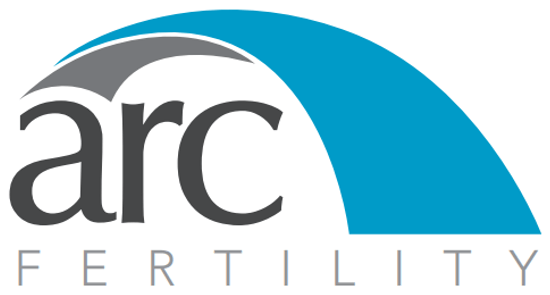As more women are delaying childbirth and more baby boomers are reaching midlife, the problem of diminished ovarian reserve (DOR) is increasing. This has several major medical consequences including infertility, decreased bone mass with risk of fracture, abnormal uterine bleeding from lack of regular ovulation, and hot flashes. This article will address ovarian reserve testing and its impact on treating infertility.
How many eggs is a woman born with? A woman is born with her entire life supply of eggs, approximately 1-2 million. At the time of her first menstrual period, the number of eggs has diminished to 300,000-400,000. Each cycle, hundreds of eggs undergo stimulation and usually only one is released during ovulation; the others are reabsorbed and are not functional.
At what age is a woman most fertile?
Peak fertility in women occurs before age 30, with a monthly pregnancy rate of 20-25 percent. This monthly rate starts to decrease around age 32, but rapidly declines beginning in the late 30’s and into the 40’s. Approximately one in three women experience infertility by age 40, mainly due to poor egg quality. Egg quality decreases as a woman ages, resulting in impaired fertilization, reduced implantation, and increased miscarriage along with the increased potential for chromosomal abnormalities of the fetus.
What tests can be used to monitor ovarian function?
Several tests are available to measure ovarian function. These include: menstrual cycle day three (CD3) blood test for follicle stimulating hormone (FSH) and estradiol levels; transvaginal ultrasound ovarian volume and antral follicle count (OVFC); and the popular fertility medication clomiphene citrate can be used in combination with FSH and estradiol (clomiphene citrate challenge test or CCCT).
CD3 testing is the simplest screening assessment, in which. FSH and estradiol levels are both measured. Blood levels of FSH increase as the number of eggs a woman has decreases. It is important to measure both levels because high estradiol levels can lower the day 3 FSH level. Therefore, getting only the FSH level may show a “falsely” low level. The addition of transvaginal ultrasound OVFC on CD3 has greatly added to the diagnosis of DOR. A low ovarian volume and/or a combined antral follicle (small normal ovarian cycsts) count of less then 11 reflect DOR.
CCCT utilizes the common fertility drug for five days during the menstrual cycle and measures FSH and estradiol levels. Any baseline elevation in either of these blood tests is indicative of DOR.
What other tests are used?
Inhibin B is a relatively new blood test that may be more predictive of DOR though standardized levels are still being determined.
If the estradiol and or FSH levels are high one month, but are normal in future cycles, is there need for concern?
Although FSH and/or estradiol can fluctuate monthly, a single elevation is predictive of poor ovarian function.
All fertility physicians should be familiar with these ovarian age tests. Initiation of testing should begin as a woman nears 33 or has other risk factor such as cigarette smoking, ovarian or extensive pelvic surgery, a family history of early menopause, or signs of premature ovarian failure. A well-informed patient can contribute to her care and this testing may expedite fertility treatment in her goal of a healthy child.
By Mark P. Trolice, M.D., FACOG, FACS©
© Mark P. Trolice Copyright 2006

